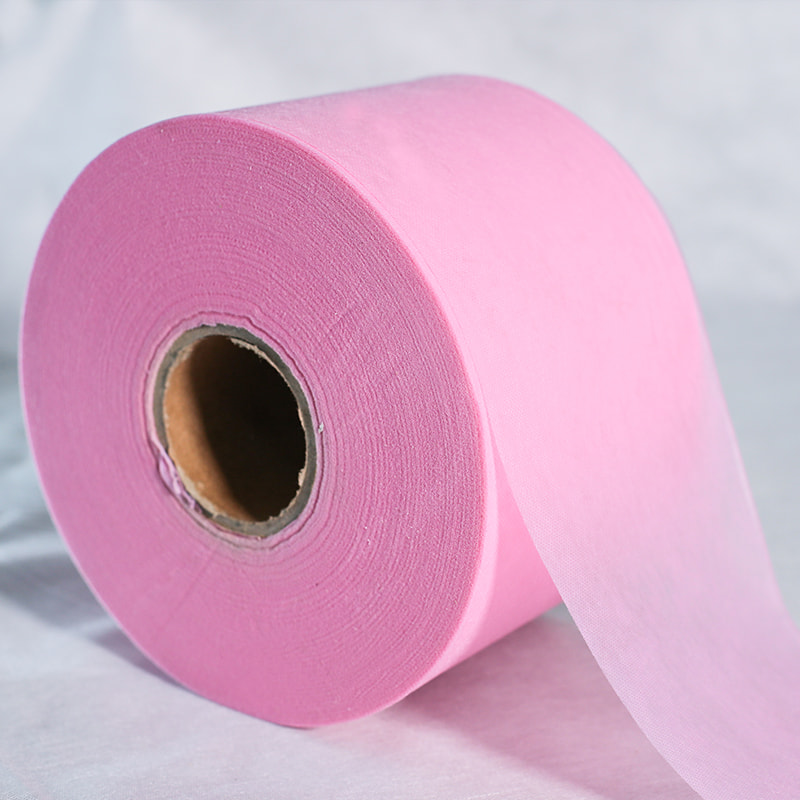What are the emerging market trends that could impact the demand for spunmelt nonwoven fabrics?
The demand for spunmelt nonwoven fabrics is experiencing significant shifts due to several emerging market trends that are reshaping the industry landscape. One of the primary drivers is the heightened focus on medical and hygiene products, spurred by the COVID-19 pandemic and ongoing health concerns. As health and safety remain a top priority, there is a sustained demand for spunmelt fabrics used in personal protective equipment (PPE) such as face masks, surgical gowns, and medical drapes. This heightened awareness has not only increased the demand for such fabrics but also driven innovations to improve their performance, such as better filtration efficiency and higher durability. Additionally, the expansion of healthcare infrastructure in developing regions continues to fuel this demand, as new hospitals and medical facilities require high-quality, reliable nonwoven fabrics.
Another critical trend is the growing emphasis on sustainability and eco-friendly materials. Environmental regulations and consumer preferences are pushing the industry towards greener practices. This shift is encouraging manufacturers to explore and invest in sustainable materials, including recycled polypropylene and biodegradable fibers. As regulatory pressures mount and consumers increasingly prioritize environmental responsibility, the demand for nonwoven fabrics produced with reduced environmental impact is likely to rise. This trend is shaping the future of the spunmelt fabric market, driving innovation towards more sustainable and eco-friendly production processes.
Technological advancements are also playing a significant role in influencing the spunmelt fabric market. Innovations in fabric technology, such as the development of high-performance materials with enhanced properties, are expanding the range of applications for spunmelt fabrics. These advancements include improved filtration capabilities, greater durability, and better overall performance. Additionally, the integration of automation and smart manufacturing technologies is enhancing production efficiency and quality control. These technological improvements not only make spunmelt fabric production more cost-effective but also enable the creation of fabrics with specialized attributes for a variety of new applications.
The growth of the hygiene and personal care sector is another important factor impacting the spunmelt fabric market. Increased awareness and standards related to personal hygiene are driving up demand for products like diapers, sanitary napkins, and adult incontinence products, all of which rely on spunmelt fabrics. Rapid urbanization and changing lifestyles, particularly in emerging economies, are further contributing to this growth as more consumers have access to and demand for personal care products. This expanding market segment represents a significant opportunity for nonwoven fabric producers to tap into new consumer needs and preferences.
Emerging applications in agriculture and construction are also expanding the potential uses for spunmelt fabrics. In agriculture, nonwoven fabrics are used for crop covers and soil erosion control, while in construction, they serve as geotextiles for reinforcement and filtration. Growth in these sectors is likely to drive additional demand for spunmelt materials. Furthermore, the automotive and industrial sectors are increasingly adopting nonwoven fabrics for uses such as automotive interiors, insulation, and other industrial applications. This diversification into new markets and applications reflects the adaptability of spunmelt fabrics and opens up further opportunities for industry growth.

Globalization and changing trade dynamics are also influencing the spunmelt fabric market. Shifts in global supply chains and trade policies can affect the availability and cost of raw materials, impacting production and pricing. Regional market growth, particularly in Asia-Pacific, Latin America, and Africa, is contributing to increased demand for nonwoven fabrics as these regions experience industrialization and rising consumer spending. Additionally, regulatory changes and government policies that promote sustainable materials and practices are likely to impact the direction of the nonwoven fabric industry, guiding manufacturers towards more environmentally friendly and compliant solutions.
In summary, the spunmelt nonwoven fabric market is being shaped by a combination of increased demand for medical and hygiene products, a shift towards sustainability, technological advancements, growth in the hygiene sector, new applications, and global trade dynamics. These trends are driving innovation and expansion within the industry, presenting both challenges and opportunities for manufacturers and stakeholders in the spunmelt fabric sector.







 English
English 中文简体
中文简体 русский
русский عربى
عربى





